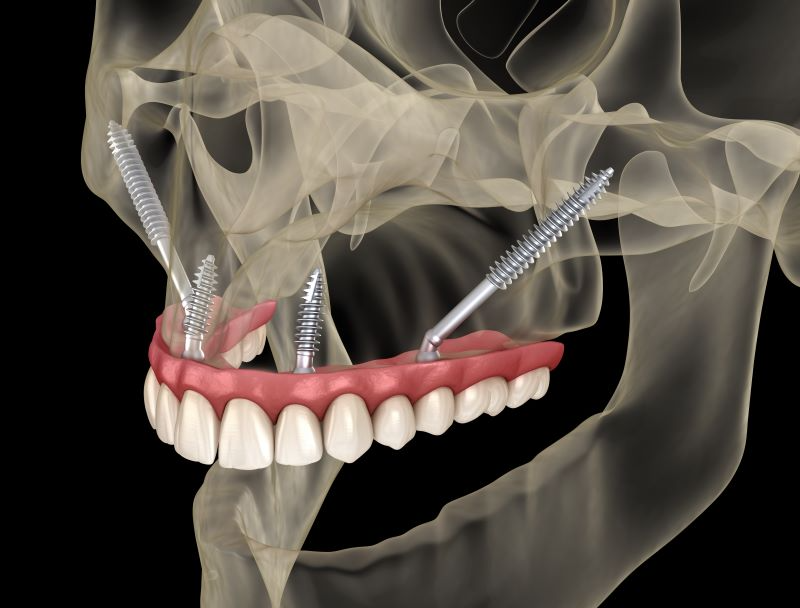+919790726189

This is your website preview.
Currently it only shows your basic business info. Start adding relevant business details such as description, images and products or services to gain your customers attention by using Boost 360 android app / iOS App / web portal.
Rehabilitating Atrophic Jaw Bone: Restoring For...

Rehabilitating Atrophic Jaw Bone: Restoring Form and Function Dr Bharathi Dental clinic and implant centre Atrophic bone refers to the loss or thinning of the jawbone, often seen in patients who have lost teeth and not replaced them in time. Over the years, without the stimulation provided by natural teeth or implants, the alveolar bone resorbs, leading to functional and aesthetic challenges. Rehabilitating atrophic bone is a crucial step in modern dentistry to restore oral health, support prosthetics, and improve quality of life. Causes and Challenges Bone atrophy can result from prolonged edentulism (missing teeth), periodontal disease, trauma, or systemic conditions like osteoporosis. The extent of bone loss varies among individuals but commonly affects both vertical height and horizontal width of the jawbone. In severe cases, it leads to a sunken facial appearance, poor denture retention, difficulty chewing, and speech issues. One of the main challenges in treating atrophic bone is the lack of sufficient volume to support dental implants or fixed prostheses. Additionally, reduced blood supply and poor bone density make surgical procedures more complex and healing slower. Techniques in Rehabilitation Bone Grafting: This is the most commonly used method to augment atrophic ridges. Autogenous grafts (from the patient’s own body), allografts (donor bone), xenografts (animal-derived), and alloplasts (synthetic materials) can be used to build up the jawbone. These grafts act as a scaffold for new bone growth. Guided Bone Regeneration (GBR): GBR involves using barrier membranes to protect the bone graft and allow proper bone regeneration without interference from soft tissues. It is effective in moderate ridge defects and often combined with grafting. Sinus Lift: In cases of upper jaw bone atrophy near the sinus region, a sinus lift can be performed to elevate the sinus membrane and place bone graft underneath to enable implant placement. Ridge Expansion or Split Ridge Technique: When the ridge is too narrow, techniques such as ridge splitting can be used to widen the bone for implant insertion. Zygomatic Implants: For severely atrophic maxillae where traditional implants are not feasible, long zygomatic implants anchored into the cheekbone provide a stable prosthetic solution. Functional and Aesthetic Benefits Rehabilitation of atrophic bone restores chewing efficiency, speech clarity, and facial aesthetics. More importantly, it offers a stable foundation for long-term prosthetic solutions such as dentures or implant-supported bridges, significantly improving patient confidence and oral function. Conclusion Atrophic bone rehabilitation is no longer a barrier to dental restoration thanks to advanced surgical and regenerative techniques. With proper planning and execution, even patients with severe bone loss can regain a functional and beautiful smile. Timely dental visits and tooth replacement are vital in preventing bone atrophy in the first place. Dental Clinics in West Mambalam Dentists in West Mambalam Dentists in Ashok Nagar Best dentist near me Best Dental Clinics in West Mambalam Oral surgeon in West Mambalam Dental Implants in West Mambalam Oral surgeon in Ashok Nagar Painless tooth removal at West Mambalam Rootcanal treatment at West Mambalam Top rated dentist in West Mambalam

